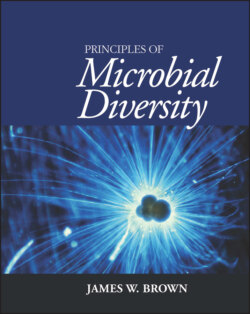Читать книгу Principles of Microbial Diversity - James W. Brown - Страница 82
Questions for thought
Оглавление1 1. Compare the bootstrap values on the tree in the bootstrap section above. Which treeing algorithm seems to have generated the more robust trees, maximum likelihood or maximum parsimony? Are long or short branches more reliably predicted?
2 2. What kind of artifact would you predict from a substitution model that overestimated, instead of underestimated, the relative evolutionary distance of long branches?
3 3. During bootstrapping of an alignment, the sequences become scrambled (the residues appear out of order). Does this matter? Why or why not? (Think about it this way—would a tree come out the same if the alignment was scrambled, or not?)
4 4. In the substitution models we talked about, we focused on substitutions (obviously). How do you suppose these models deal with gaps? What about underspecified bases (e.g., R, Y, or N), or instances where sequence data are absent (i.e., in the case where only a piece of the sequence is available)?
5 5. In a parsimony analysis, a by-product of the analysis is predicted ancestral sequences. Can you think of a situation in which this might be useful?
